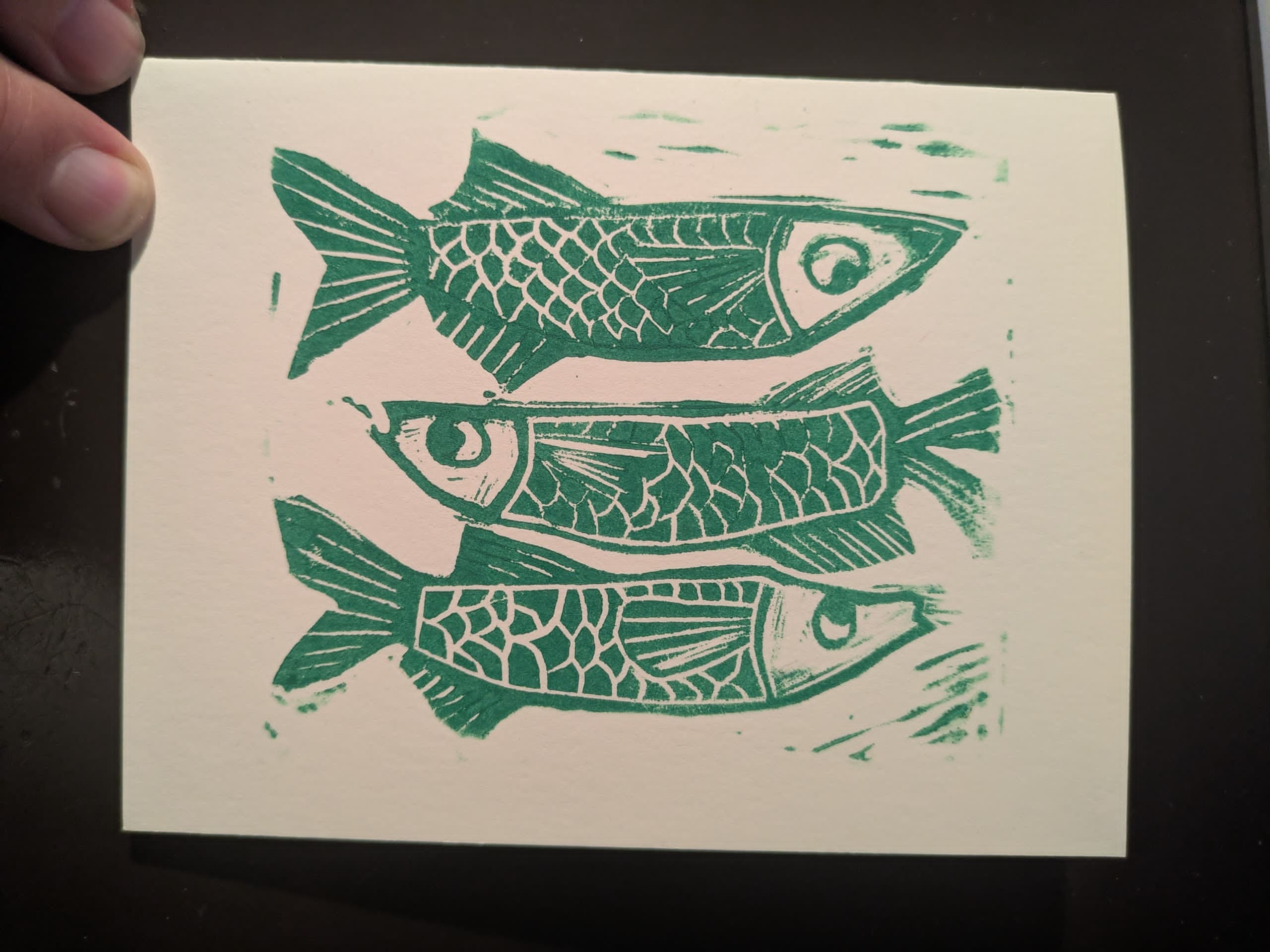
The Printshop at Bookhouse
The American Sephardi Federation and Centro Primo Levi are expanding the scope of Bookhouse with a traditional Print Shop offering letterpress printing and book arts, exploring Hebrew’s encounters with other…

The American Sephardi Federation and Centro Primo Levi are expanding the scope of Bookhouse with a traditional Print Shop offering letterpress printing and book arts, exploring Hebrew’s encounters with other…
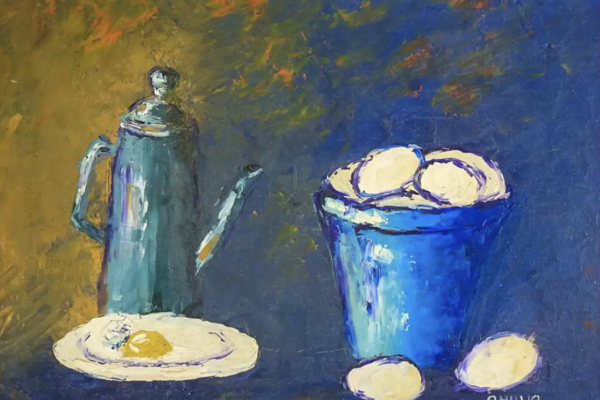
In loving memory of Bruce and Francesca Slovin. I am sitting in the building that I visited thirty-something years ago with Francesca and Bruce Slovin. They were elated at the…

A new book by Giorgio van Straten, La Ribelle. Storia straordinaria di Nada Parri, Laterza, 2025 (forthcoming in English with Other Press, in 2026) recounts a little-known yet remarkable story…
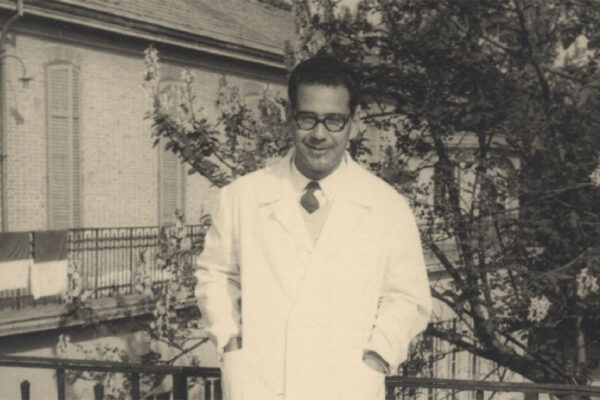
Centro Primo Levi mourns the death of Roberto Bassi, z’’l, dearly remembered for his charm, human qualities, and for his role in post-war Italian Judaism. Born in Venice in 1931,…
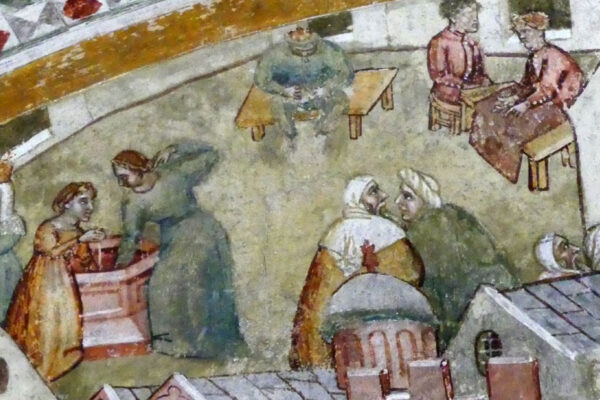
A book published by the Jewish Museum of Lecce opens doors to the multifaceted and fascinating history of the Apulia region. Fabrizio Ghio and Fabrizio Lelli, The Jewish Salento: Travel…

Book trading and the making of open communities. The passion for books and the belief in their centrality in passing knowledge and creating personal connections is at the core of…
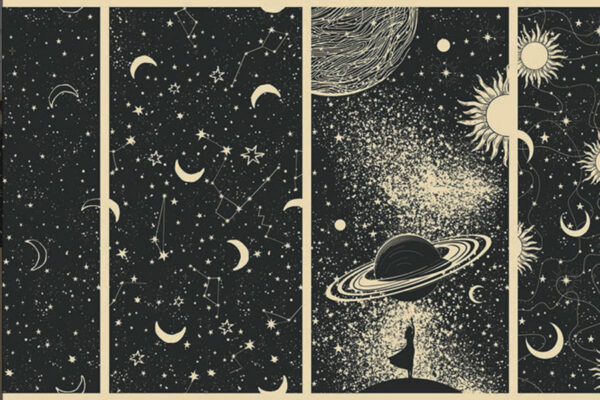
A new book explores Levi’s capacity to combine the cognitive power of science with religion’s forces of enchantment and ritual. Whoever said that a book must be long and weighty…
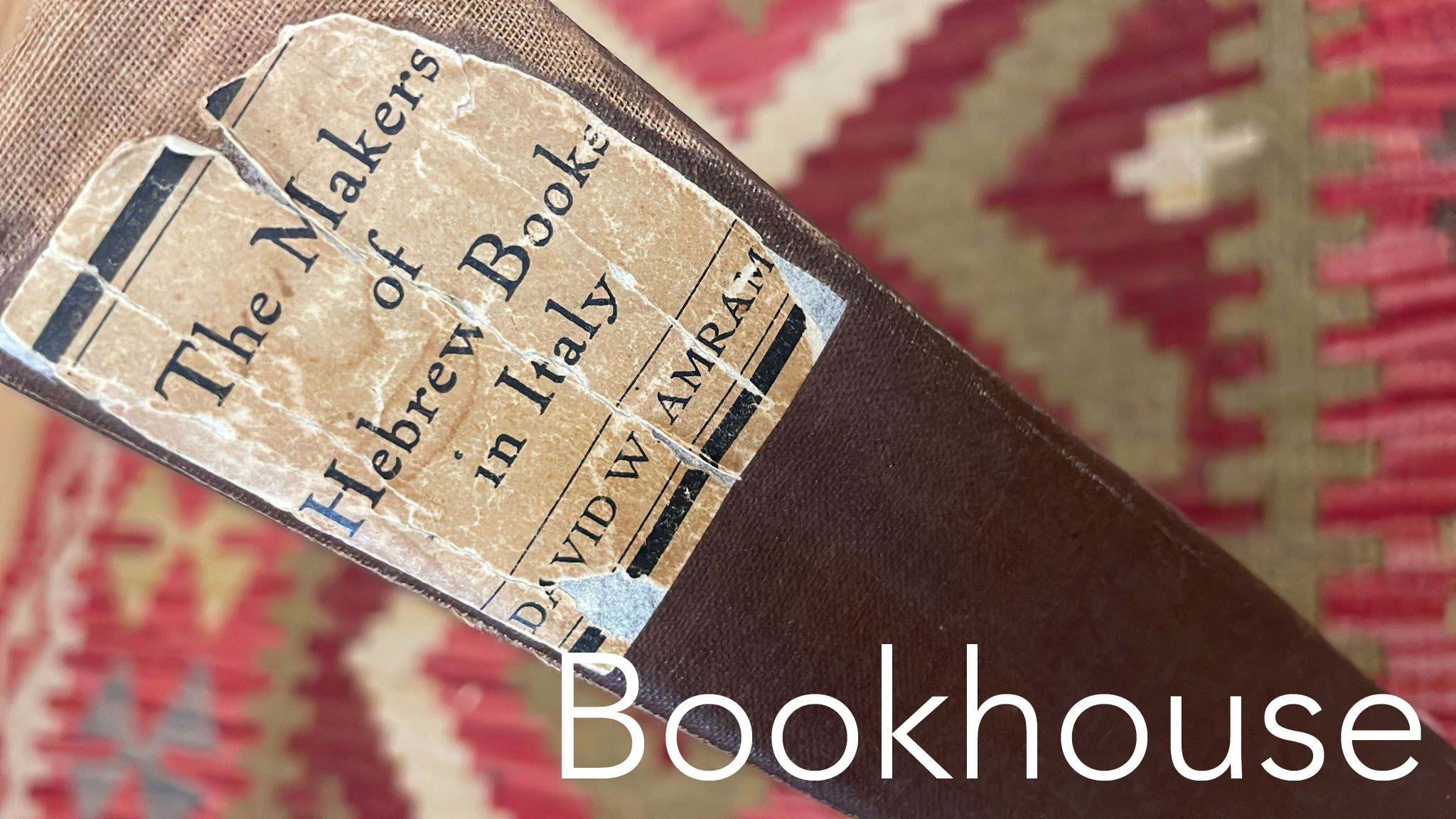
Amidst growing instability and divide in American society, cultural uncertainty, and perhaps a surplus of time, revisionist histories of Jewish learning are sprouting everywhere. The lives of women and men…
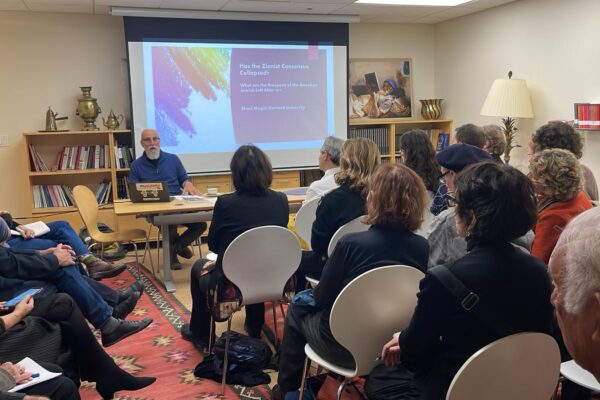
The American Sephardi Federation is pleased to invite colleagues and the public to the sixth-floor Bookhouse at the Center for Jewish History, a consortium of Jewish libraries, archives, research institutes,…
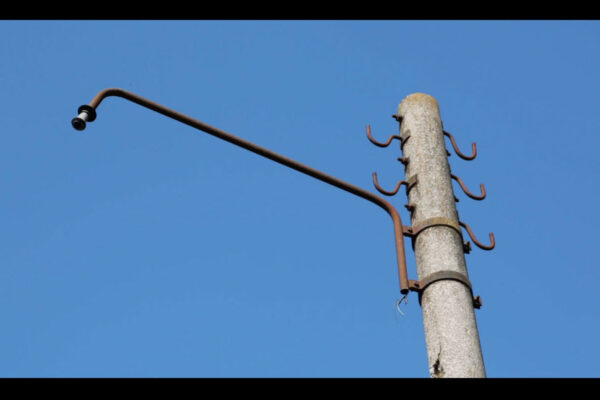
Why Was the Libyan Holocaust Taken Out of Primo Levi’s Influential Book in Israel? Prof. Claudia Rosenzweig’s well-worn Hebrew copy of Primo Levi’s “If This is a Man” – which…